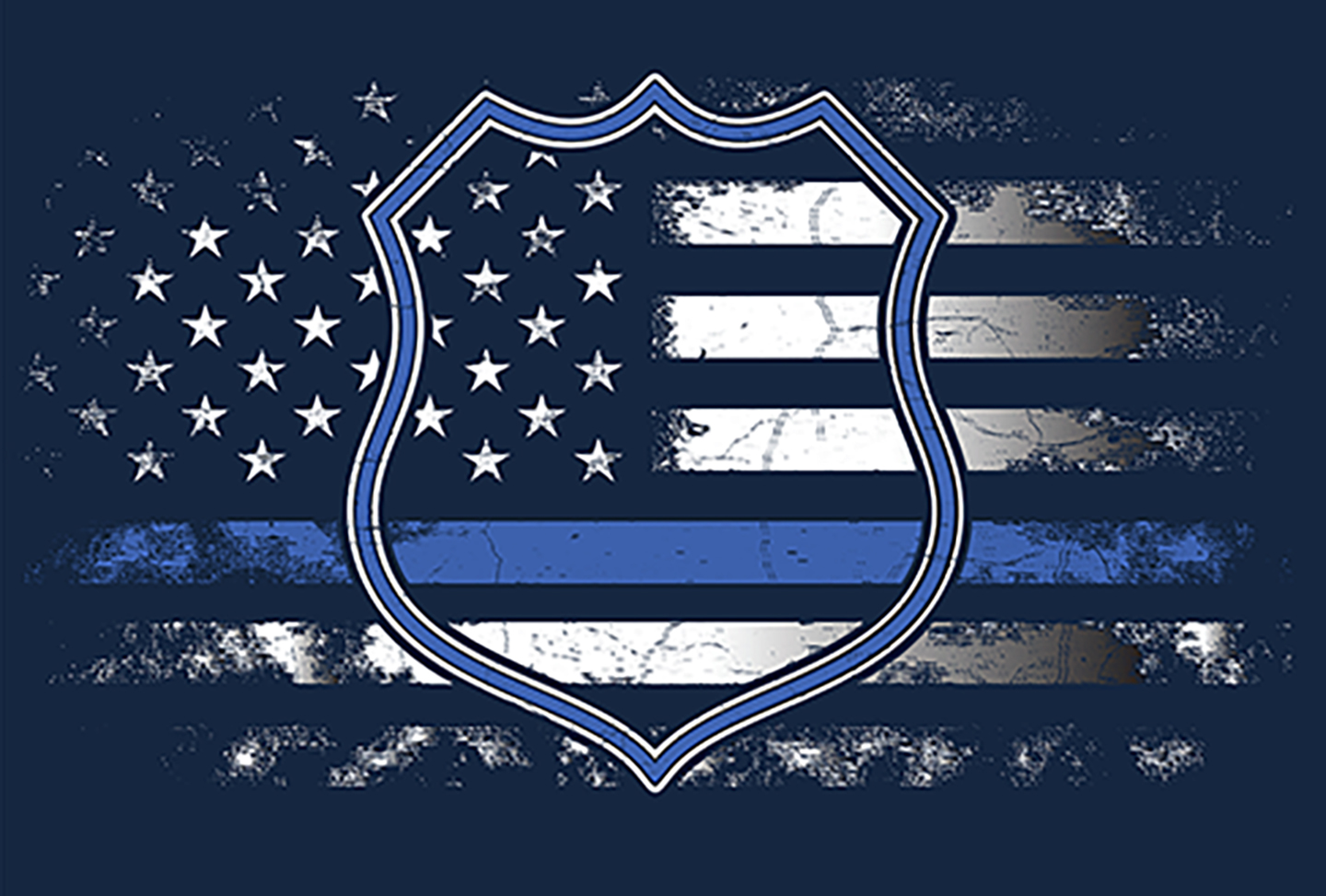When we think about police work, our minds often jump to the dramatic images portrayed on television shows like LAPD or Chicago PD - high-stakes confrontations in major urban centers. However, this representation misses the reality faced by the vast majority of America's 18,000 police agencies. In our latest podcast episode, Deputy Director of Public Safety Brad Petersen of the Cottage Grove Police Department in Minnesota provides a revealing look into what policing looks like in suburban America, where most officers serve.
Cottage Grove represents what Petersen describes as the "very average" American police department - not too small, not too big, not inner city, not rural. With 49 sworn officers serving approximately 50,000 citizens, it embodies the typical policing experience that rarely makes headlines but forms the backbone of public safety across the nation. In these departments, officers typically handle just 5-10 calls per shift, spending the majority of their time engaged in proactive community policing rather than responding to constant emergencies.
This environment creates a unique mental health challenge that Petersen identifies as "combating complacency." In communities where danger is rare but always possible, officers must maintain vigilance without becoming hypervigilant - a delicate psychological balance. As Petersen explains, "Because our community is so safe, because we don't spend most of our day responding to crimes in progress, it's easy to get lulled into a sense of complacency and false security, where we drop our guard and fail to recognize the potential dangers." This constant need to maintain appropriate awareness creates its own form of stress distinct from but no less significant than what officers in high-crime areas experience.
Listen to the First Response podcast for the full interview:




